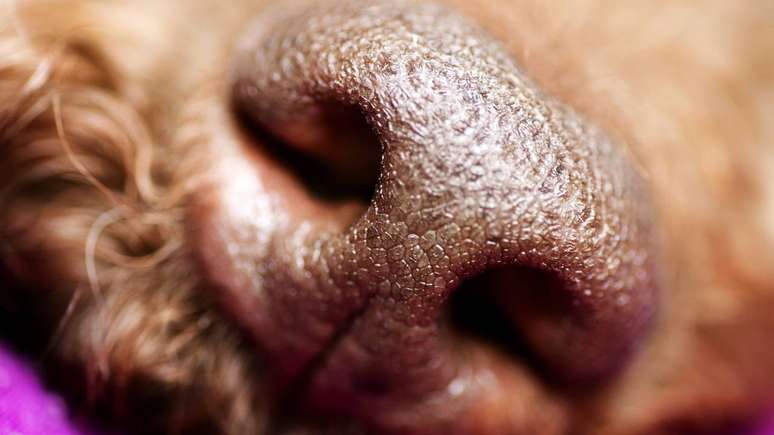The CEUB professor explains how canine smell has helped in the early identification of diseases
Man’s best friend can also be an ally of medicine. Scientific research and clinical reports in several countries demonstrate that dogs are capable of identifying diseases in humans, such as cancer, Alzheimer’s and Parkinson – even before any visible sign. Fabiana Volkweisteacher of Veterinary Medicine at the University Center of Brasilia (CEUB), reveals that this is due to the extremely sensitive sense of smell of these animals. While humans have 6 million olfactory cells, dogs have up to 300 million.
Dogs’ sense of smell detects cancer, Alzheimer’s and Parkinson’s
According to the expert, this increased sensitivity allows dogs to perceive odors and chemical changes in the human body, associated with the development of diseases. “There are countless cases in which the dog realized that something was wrong with the owner even before a medical diagnosis.“, says the teacher. “Today, this ability has been explored and applied scientifically in various parts of the world.”
According to the teacher, the dogs are trained to detect diseases such as diabetes, epilepsy and several types of cancer, issue alerts to their owners or assist healthcare workers in early identification of organic changes. One of the best-known examples comes from In Situ Foundation in California (USA), who developed scientific protocols for training dogs for cancer detection.
Already inside Englandstudy conducted by Medical detection dogsin collaboration with the universities of Bristol AND Manchesterrevealed that dogs were able to identify Parkinson’s disease simply by the smell of their skin, even before the symptoms. “The training and certification process lasts six to eight months. The dogs do not directly smell people, but analyze samples of breath, plasma, urine or sputum, recognizing odors specific to tumor cells”explains.
Although all dogs have a keen sense of smell, some breeds stand out for their sensitivity and ease of learning. Among the most adopted are the Labrador Retriever, the German Shepherd, the Beagle, the Border Collie and the Belgian Malinois. “These breeds combine intelligence, balanced temperament and excellent response to training. Therefore, they are preferred in biological detection programs”he adds.
When the dog tries to warn the owner
Even without formal training, many owners report that their dogs demonstrate different behaviors when something goes wrong. “They may bark, whine, sniff an area of the body or simply stay closer and more protective.”explains the teacher. “In those who receive the training, this behavior is refined, they even seek help when they notice changes in their health.”
A story that had worldwide resonance was that of Lucia Humphreya 44-year-old American woman awaiting a kidney transplant. During a walk on the beach, his dog insisted on approaching an unknown woman. After speaking, Lucy said she needed a donor and, incredibly, the woman was a match, a one in 22 million chance. “Cases like these demonstrate how the bond between humans and dogs goes beyond affection. It can literally save lives in so many ways.”he concludes.
*Material created in collaboration with Máquina Cohn & Wolf
Source: Terra
Ben Stock is a lifestyle journalist and author at Gossipify. He writes about topics such as health, wellness, travel, food and home decor. He provides practical advice and inspiration to improve well-being, keeps readers up to date with latest lifestyle news and trends, known for his engaging writing style, in-depth analysis and unique perspectives.








